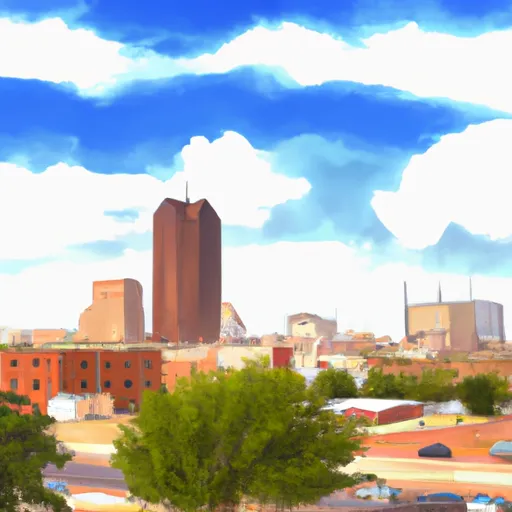°F
°F
mph
Windspeed
%
Humidity











Lubbock, Texas is a vibrant city located in the western part of the state, known for its unique climate, hydrology constituents, and abundant outdoor recreation opportunities. The city experiences a semi-arid climate with hot summers and mild winters. Summers are typically hot and dry, with temperatures soaring above 90°F (32°C), while winters are usually mild, with average temperatures around 50°F (10°C).
Hydrologically, Lubbock is part of the South Plains region, which primarily relies on the Ogallala Aquifer for its water supply. This underground water source not only sustains agricultural activities but also provides drinking water to the city and surrounding areas.
Outdoor enthusiasts can take advantage of the city's numerous recreation opportunities. Lubbock offers various parks, such as Mackenzie Park and Clapp Park, which provide spaces for picnicking, sports, and leisurely walks. Lubbock Lake Landmark is a renowned archaeological and natural history preserve, offering visitors the chance to explore prehistoric artifacts and enjoy nature trails. The city also has several golf courses, hiking and biking trails, and opportunities for fishing and boating at nearby lakes. With its diverse outdoor offerings, Lubbock is a great destination for nature lovers and adventurers alike.
Weather Forecast
Lubbock receives approximately 467mm of rain per year, with humidity levels near 74% and air temperatures averaging around 16°C. Lubbock has a plant hardyness factor of 7, meaning plants and agriculture in this region tend to thrive during the non-winter months.
Regional Streamflow Levels
23
Cubic Feet Per Second
10
Cubic Feet Per Second
0
Cubic Feet Per Second
Nearby Camping
| Camping Area | Reservations | Toilets | Showers |
|---|---|---|---|
| Slaton City Park | |||
| Buffalo Springs Lake | |||
| Ollie Liner RV Park | |||
| Lamesa RV Park | |||
| Forrest Park - Lamesa |



